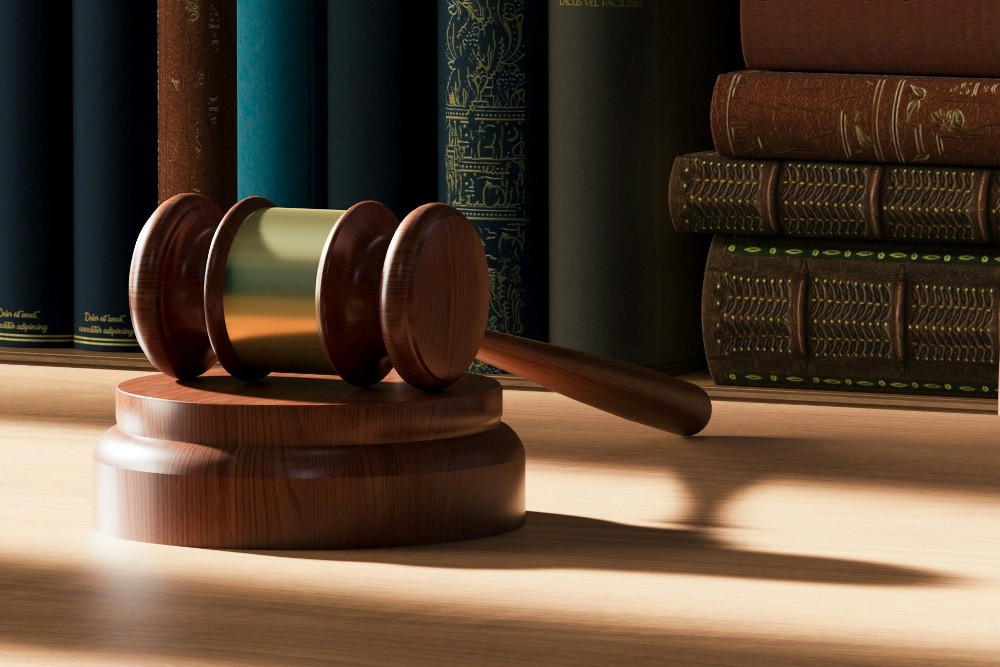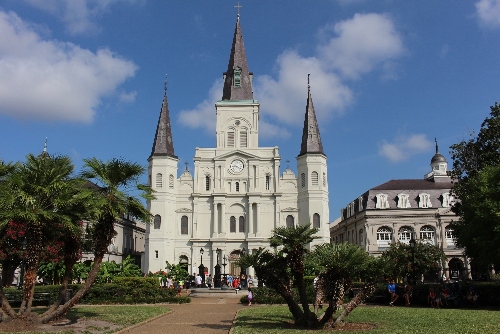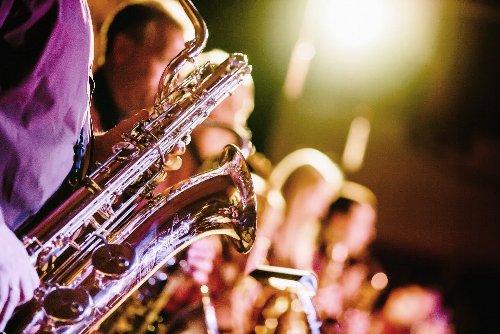
You know how busy Fort Lauderdale's streets can get, especially at intersections. Cars, buses, motorcycles, cyclists, and pedestrians all cross paths at the same time, making these spots some of the most accident-prone areas in the city.
Intersections force drivers to make quick decisions about who goes first, when to turn, and whether to stop or keep moving. A single mistake can lead to a collision. Fort Lauderdale, with its high traffic volume, confusing intersections, and frequent tourist drivers unfamiliar with the roads, sees more than its fair share of intersection accidents.
There are several dangerous roads and intersections in Fort Lauderdale, and in this article, we'll be talking about the common causes of car accidents on all of them, alongside how to avoid them.
Causes of Intersection Accidents
Here are the main causes of car accidents at Fort Lauderdale intersections:
Running Red Lights and Stop Signs
This is one of the biggest reasons for intersection crashes. Some drivers try to beat the light, misjudge timing, or don't pay attention and drive straight through a stop sign. The result? High-impact T-bone or side-impact collisions can be deadly. According to FLHSMV, red-light violations lead to hundreds of serious injuries and fatalities in Florida each year.
Failure to Yield the Right of Way
Intersections have specific rules about who goes first, but not every driver follows them. Some fail to yield when making left turns, merging, or entering a roundabout. This often leads to side-impact crashes, especially when a driver turns in front of oncoming traffic.
Distracted Driving
Texting, adjusting the GPS, eating, or even talking to passengers takes a driver's focus off the road. Even a few seconds of distraction can mean missing a changing traffic light or failing to notice a pedestrian crossing the street. Studies show that drivers using their phones are significantly more likely to be involved in intersection crashes.
Speeding or Aggressive Driving
Some drivers approach intersections too fast, giving themselves little time to stop when the light changes or another vehicle moves into their path. Speeding also makes accidents more severe, increasing the risk of serious injuries.
Poor Visibility and Bad Weather
Fog, heavy rain, and even the glare from the sun can make it harder for drivers to see traffic signals, stop signs, or pedestrians. Intersections with poor lighting or obstructed views (such as overgrown trees or large vehicles blocking sightlines) also increase the chances of accidents.
How to Avoid Intersection Accidents
Understanding the risks is the first step, but here's how you can actively avoid becoming part of the statistics.
- Always stop at red lights and stop signs.
- It sounds obvious, but many crashes happen simply because a driver ignores or misjudges a traffic signal. Always come to a full stop and look in all directions before proceeding.
- Pay attention to who has the right of way.
- If you're unsure who goes first, wait and let the other driver make the move. It's better to lose a few seconds than to risk a crash. Florida law states that when two drivers arrive at a stop sign at the same time, the driver on the right has the right of way.
- Avoid distractions at all costs.
- Put your phone away, set your GPS before you start driving, and stay focused. Even a split-second lapse in attention can be dangerous.
- Slow down when approaching intersections.
- Never assume an intersection will be clear just because you have the right of way. Approach at a controlled speed and be prepared to stop if necessary.
- Be extra cautious in bad weather or low visibility.
- Turn on your headlights in poor visibility conditions, slow down, and give yourself extra space between vehicles. If a sun glare is obstructing your view, use your sun visor and drive carefully.
MORE ON THE FLASH LIST
































